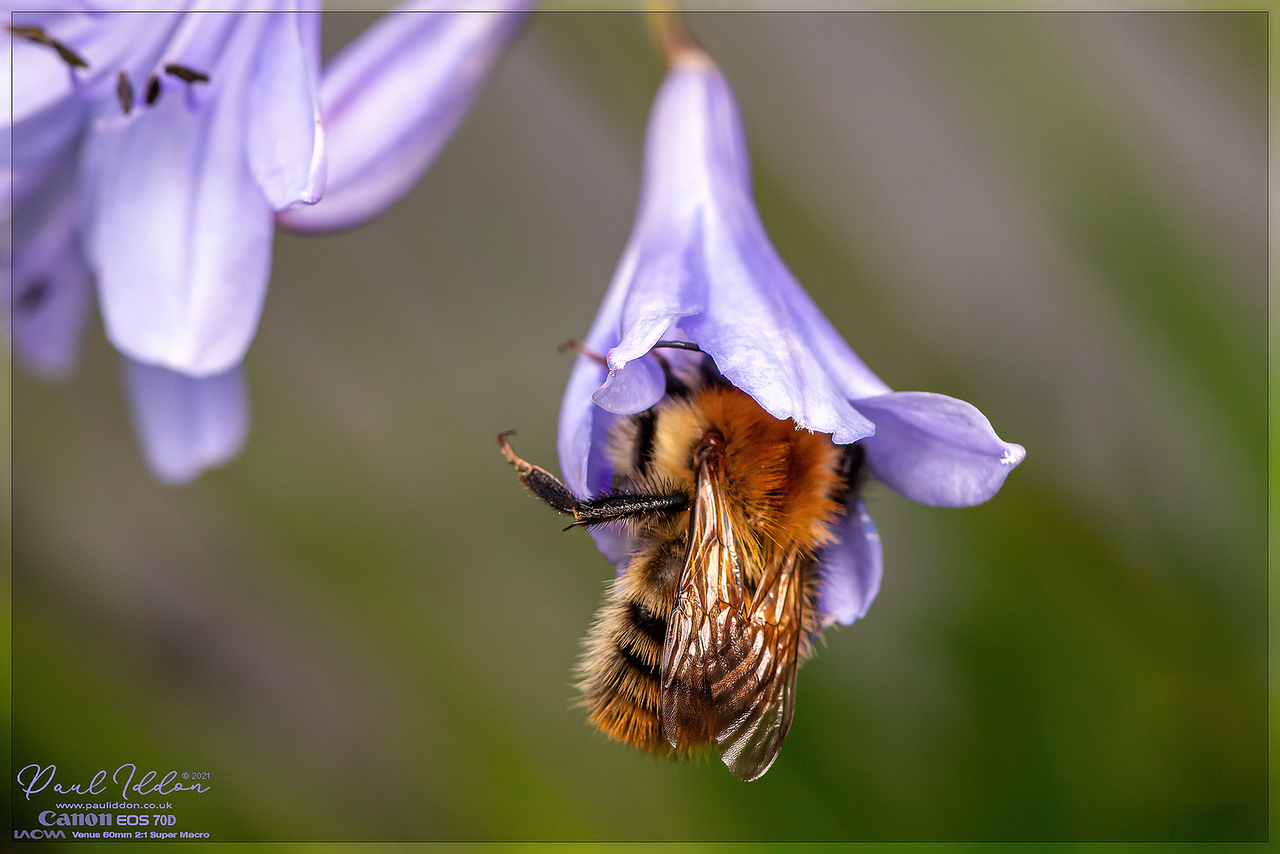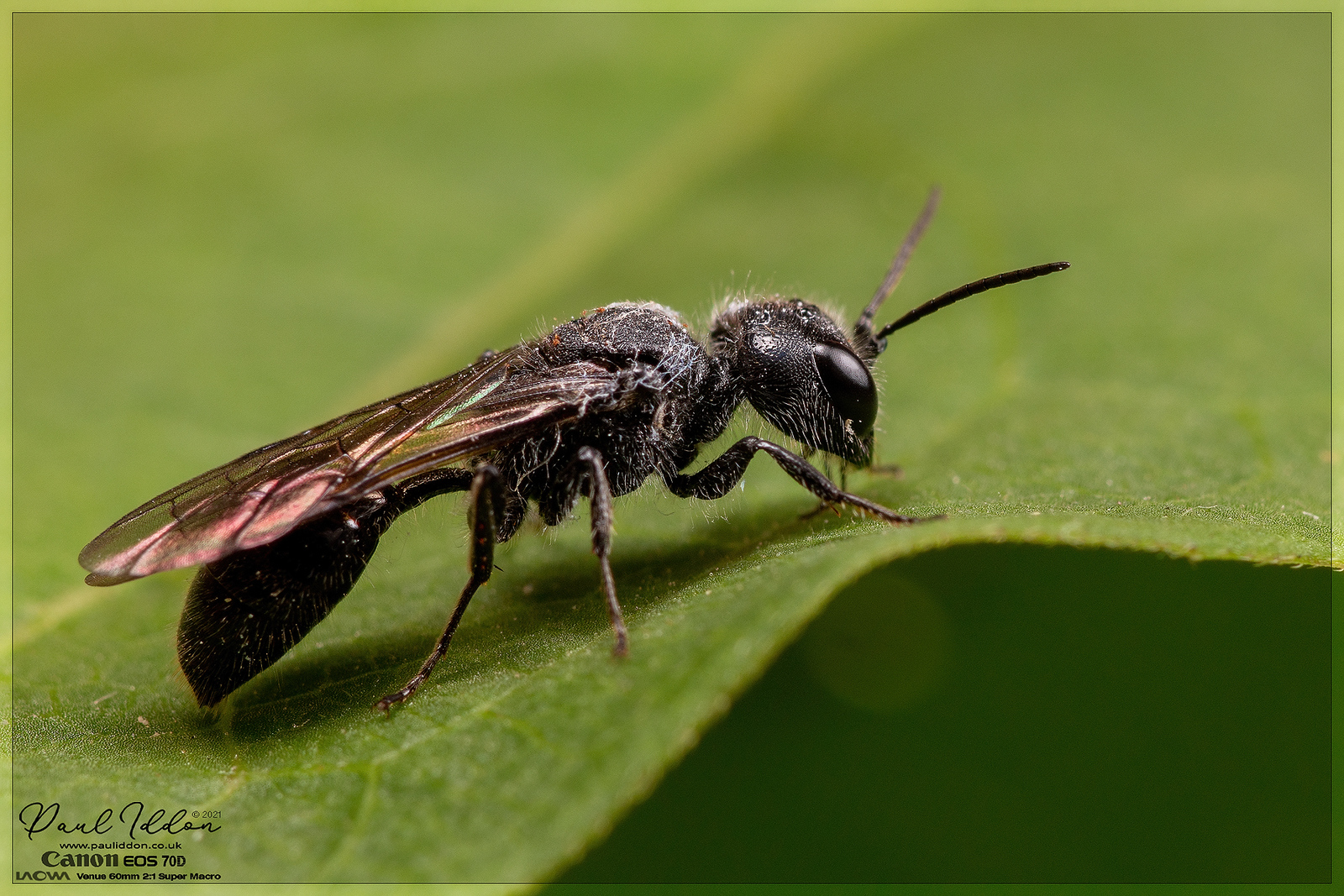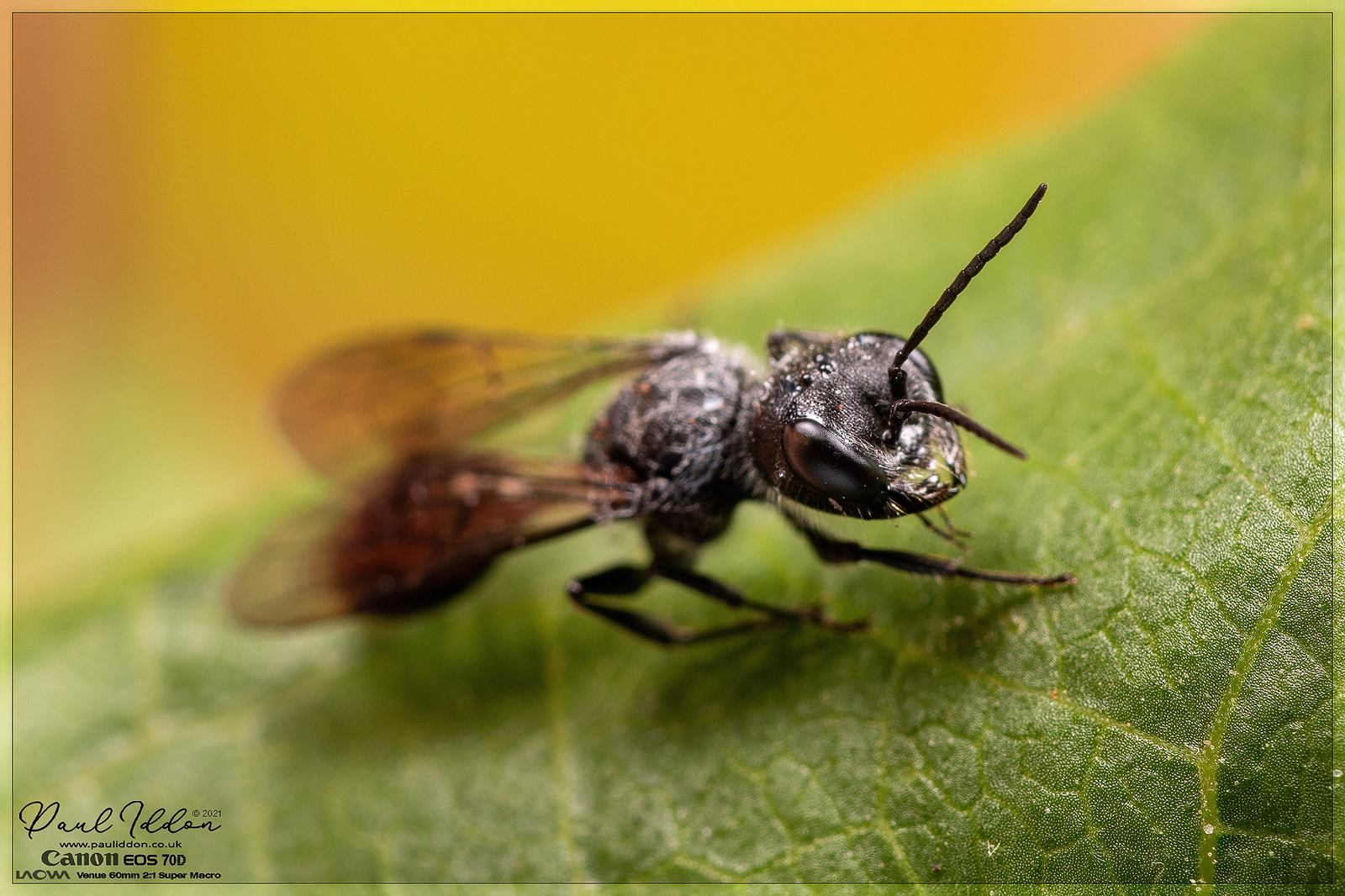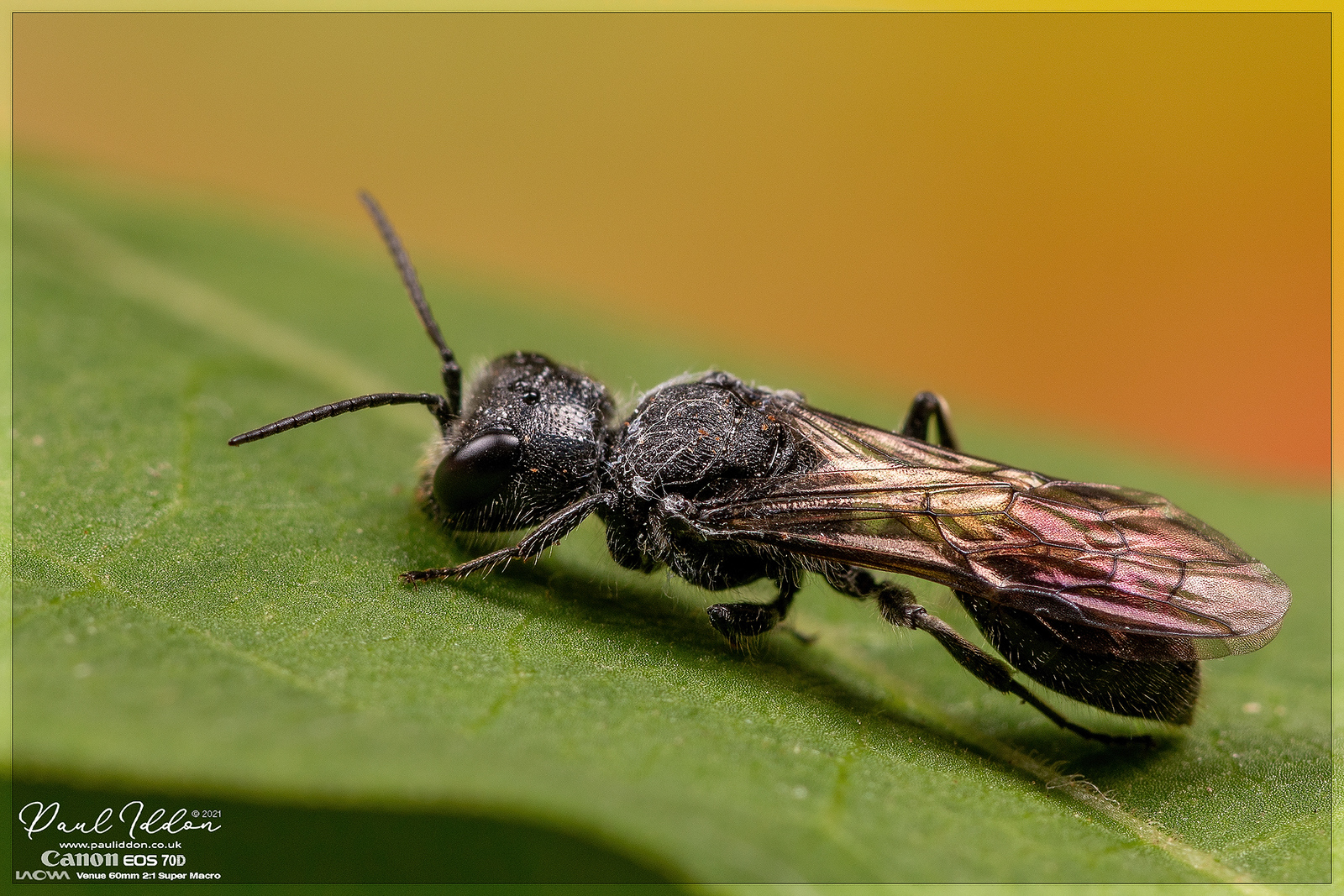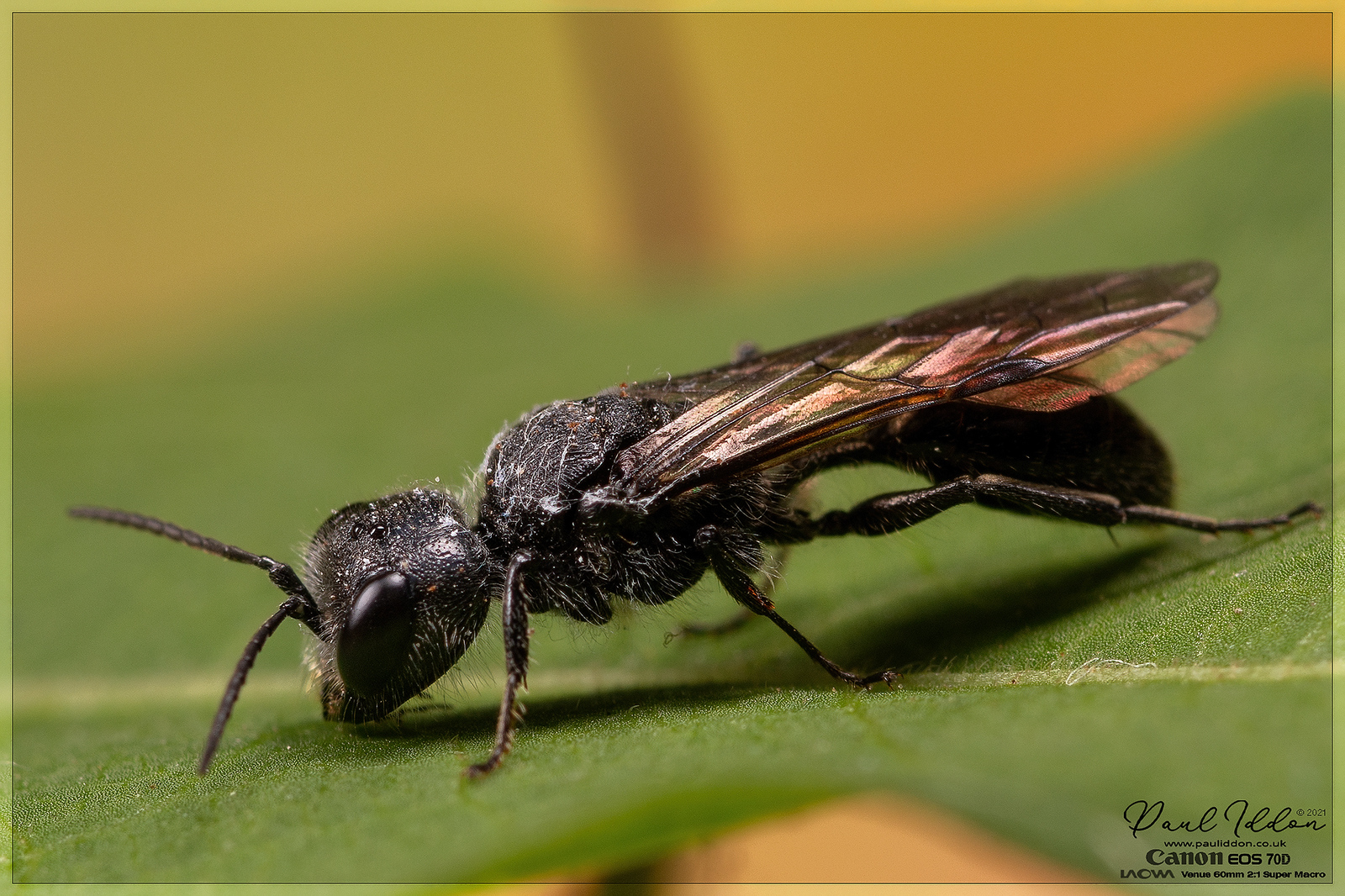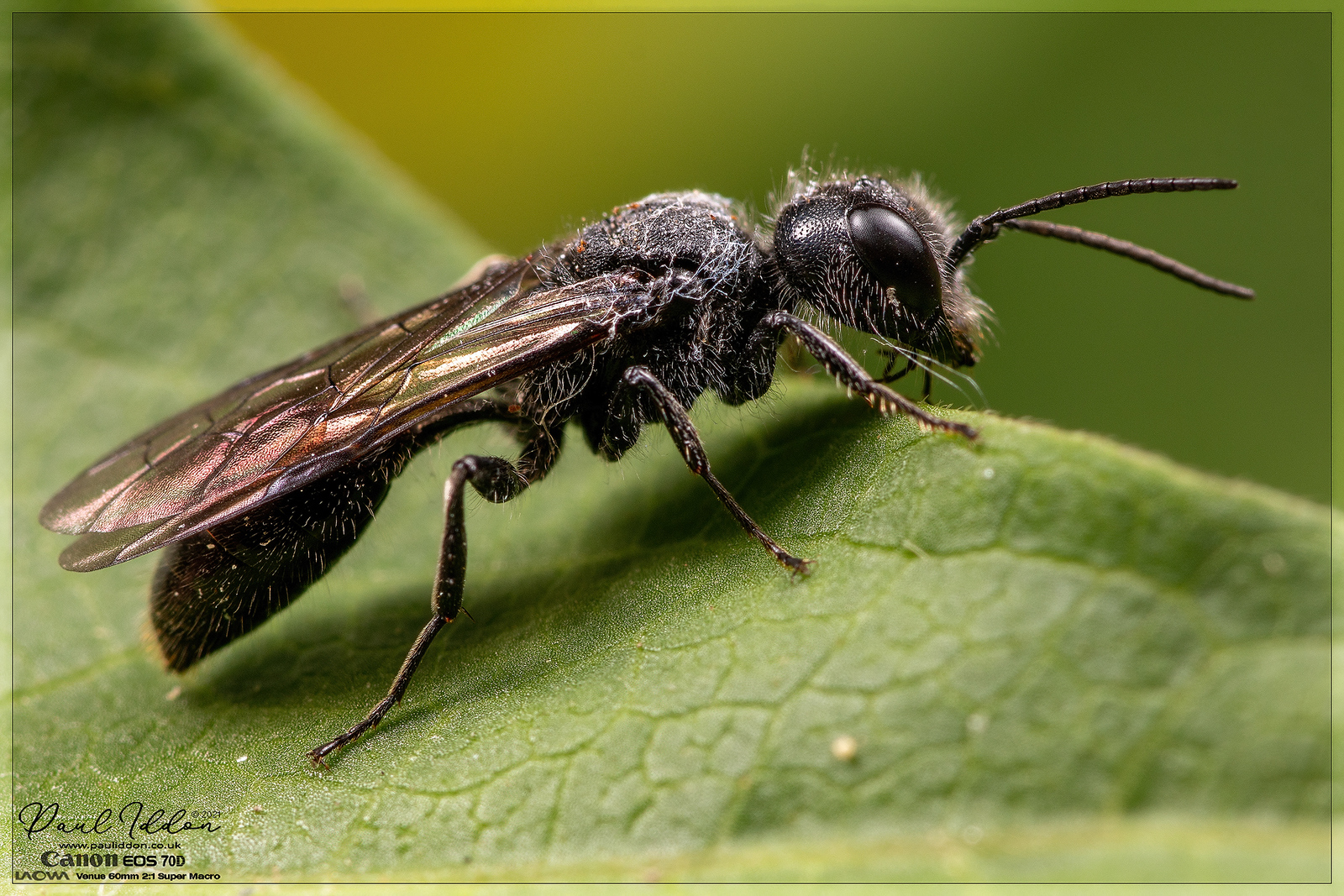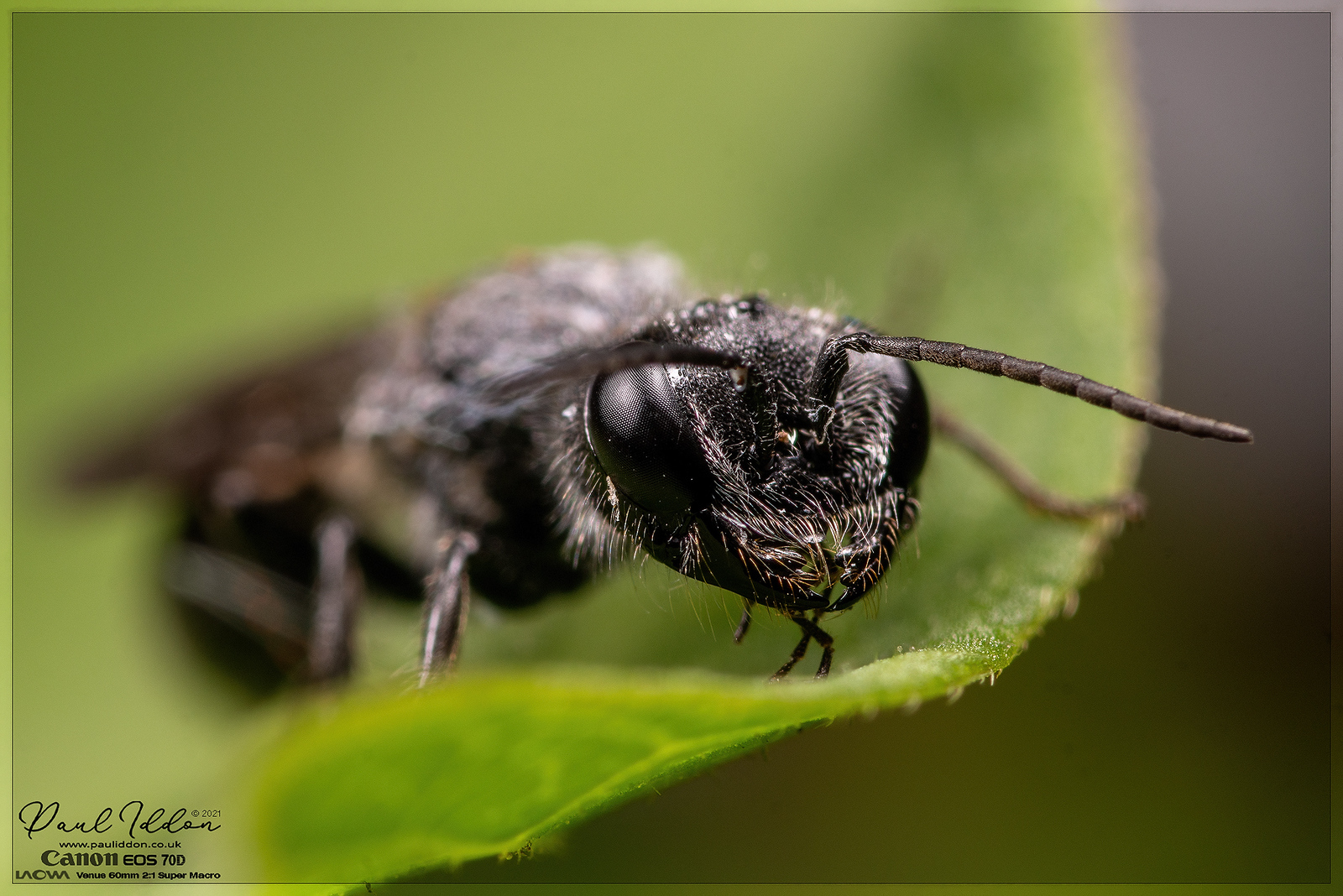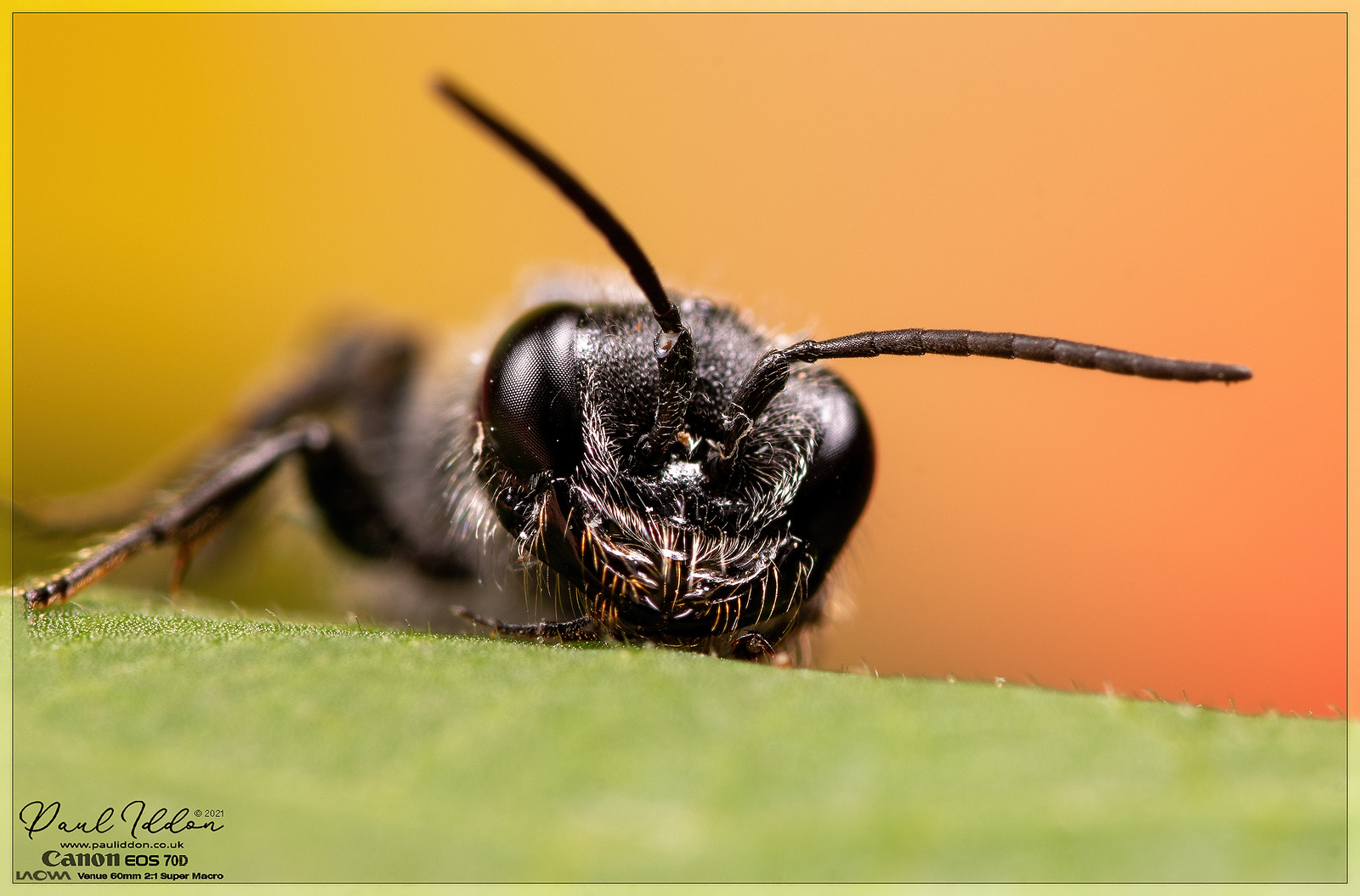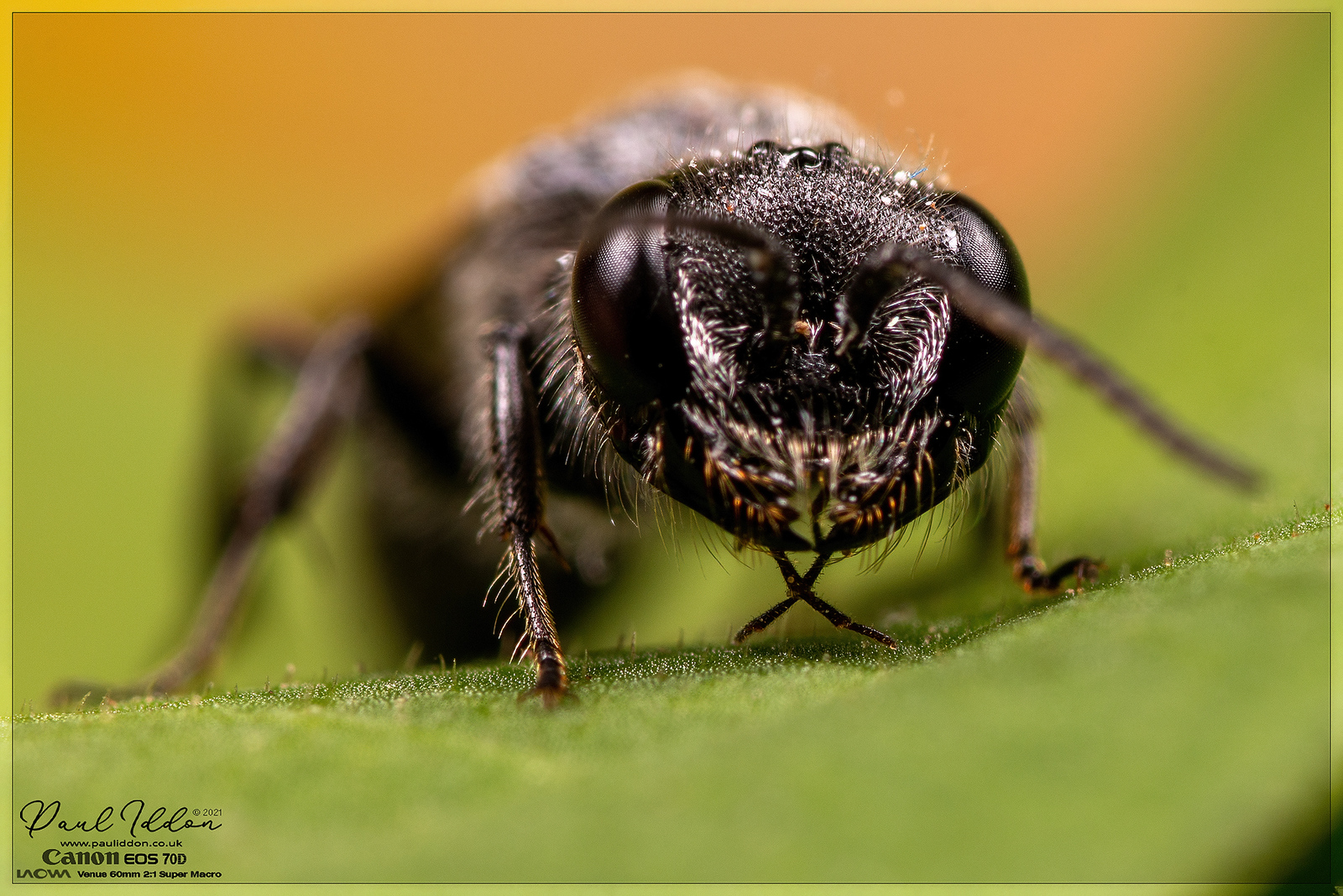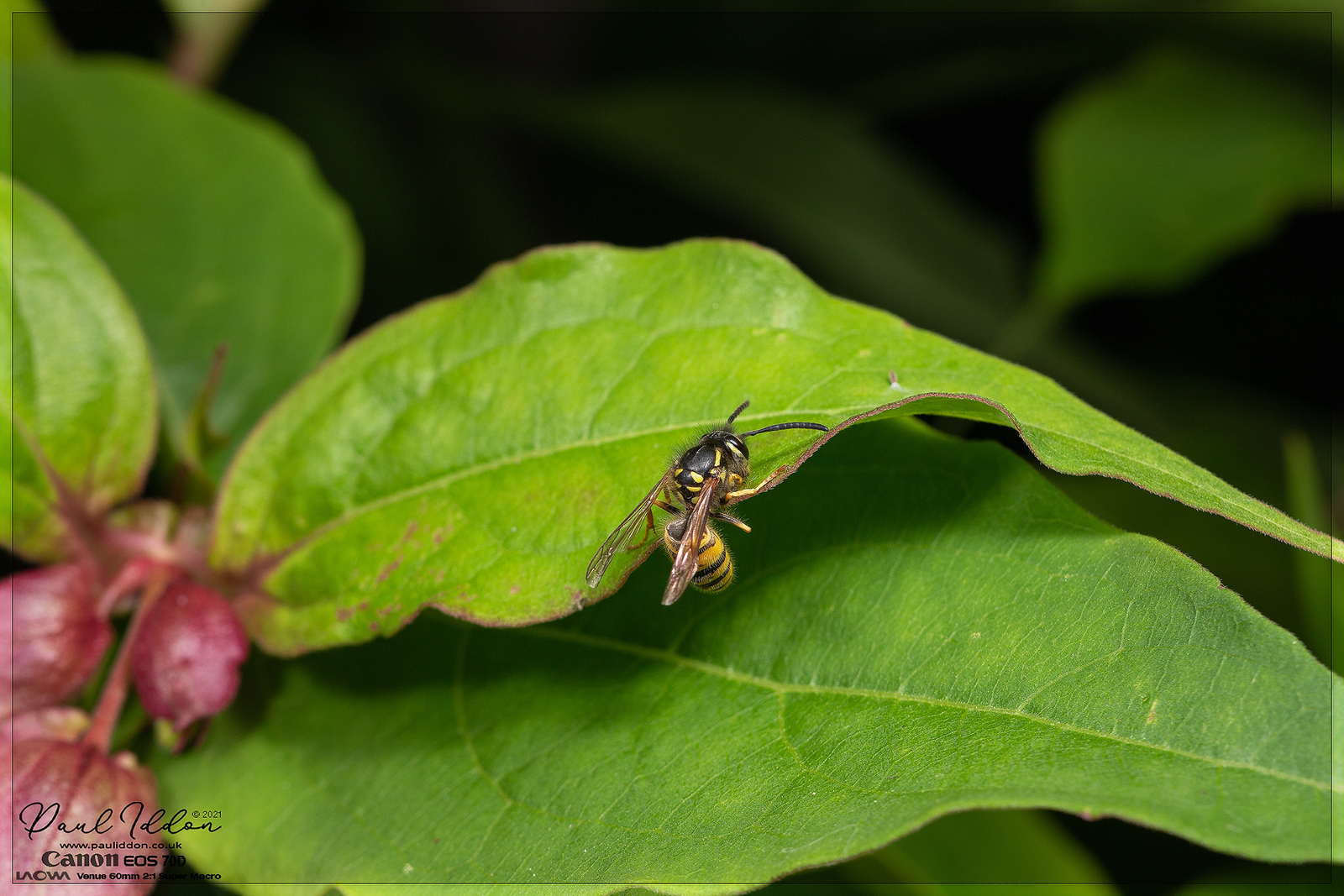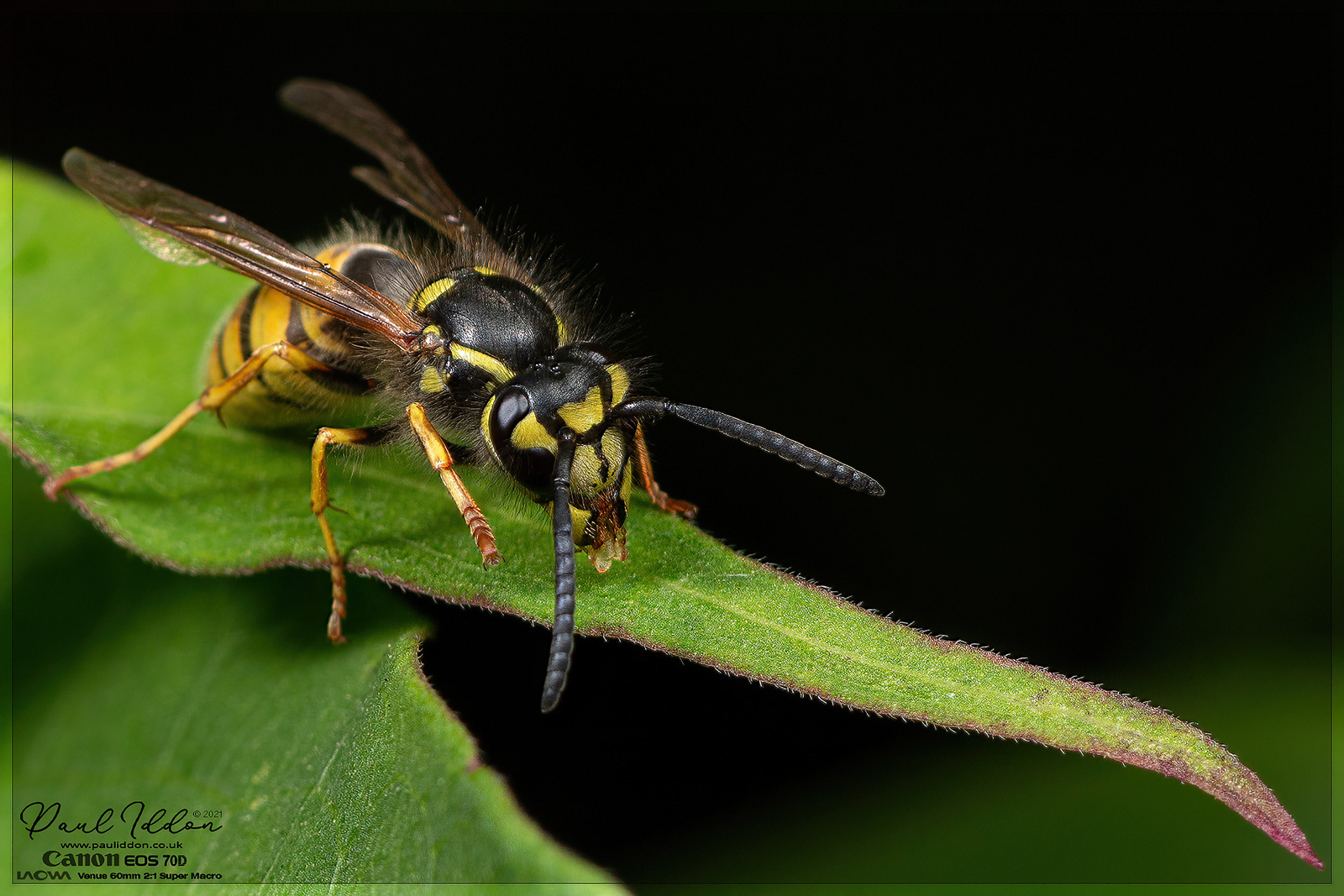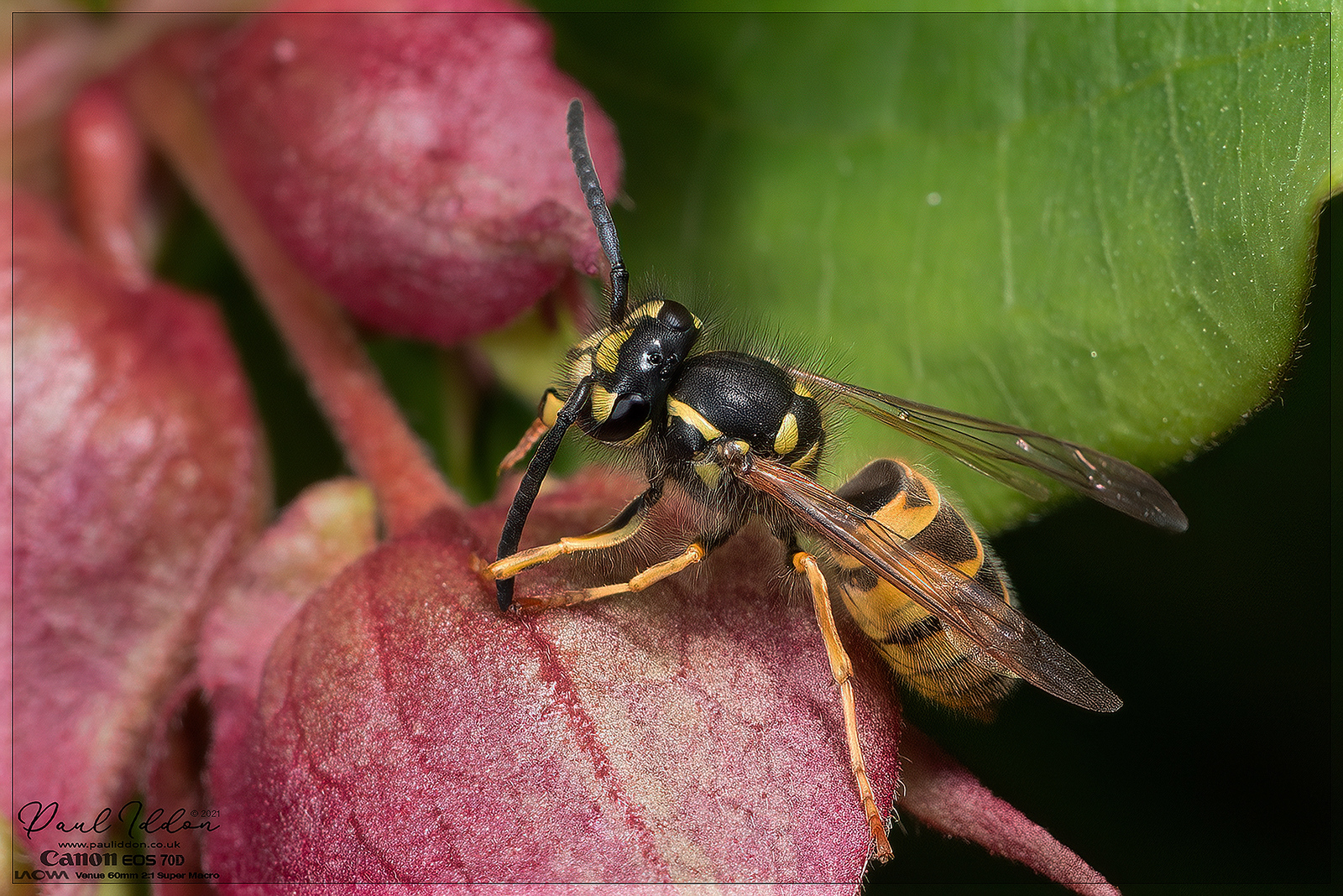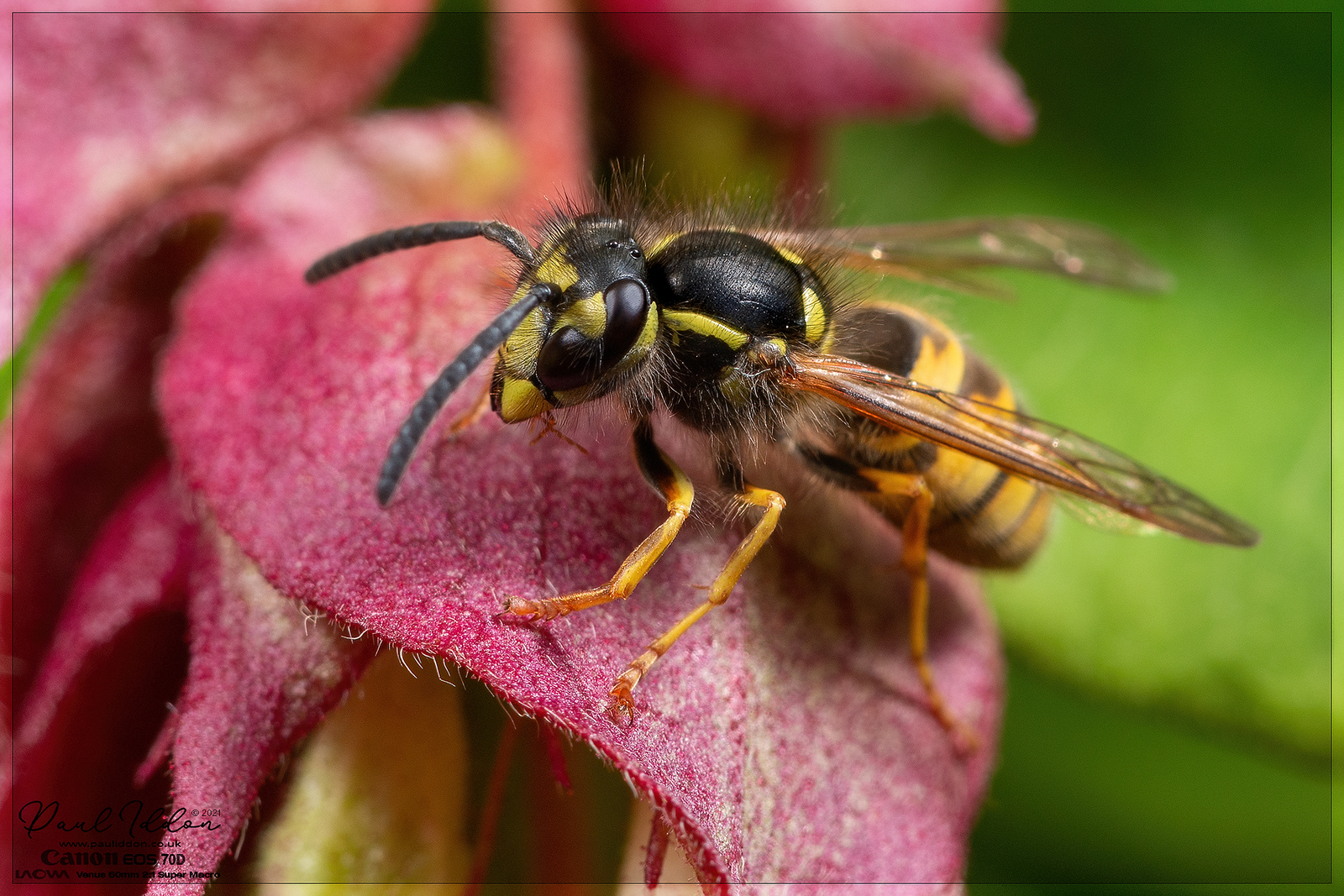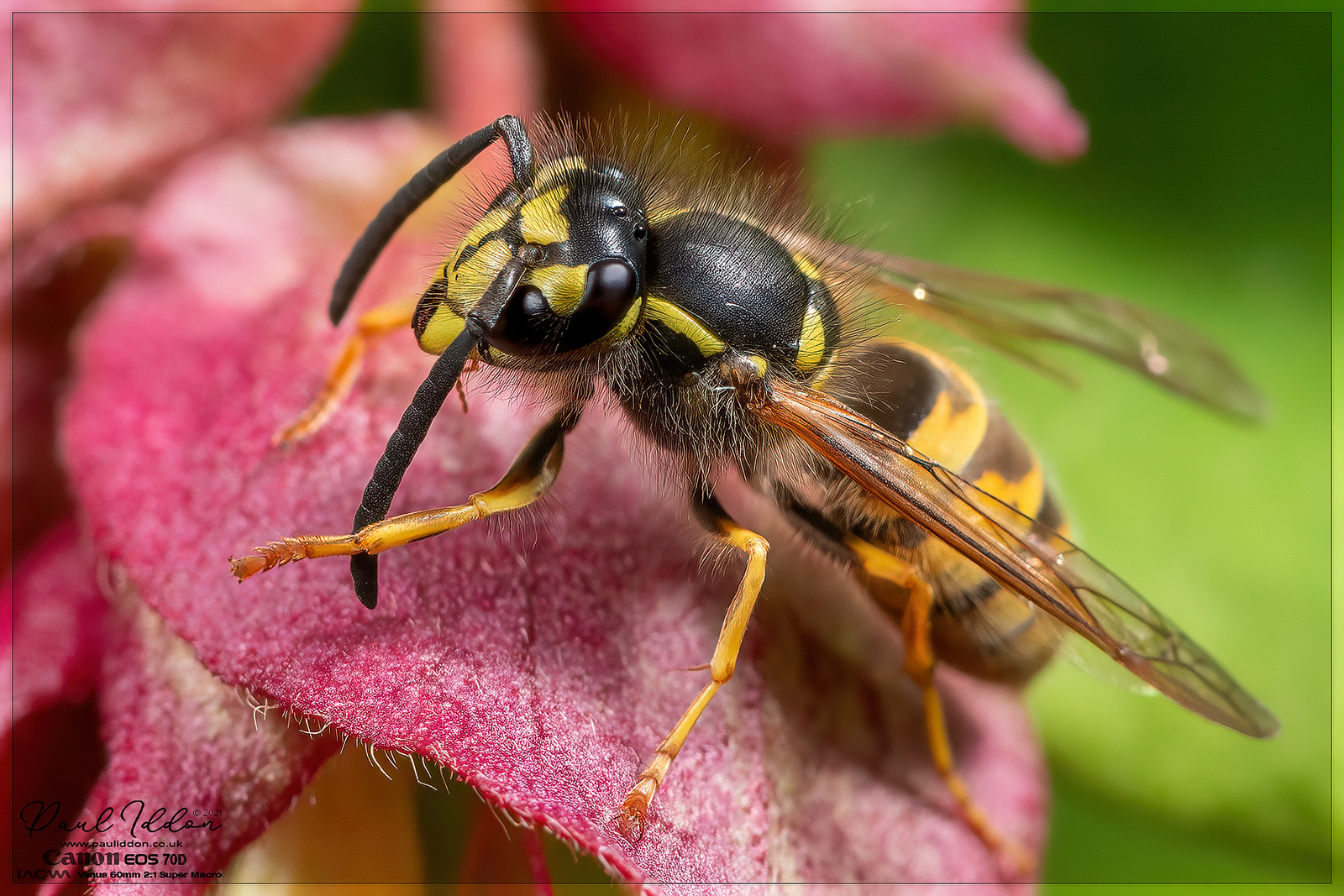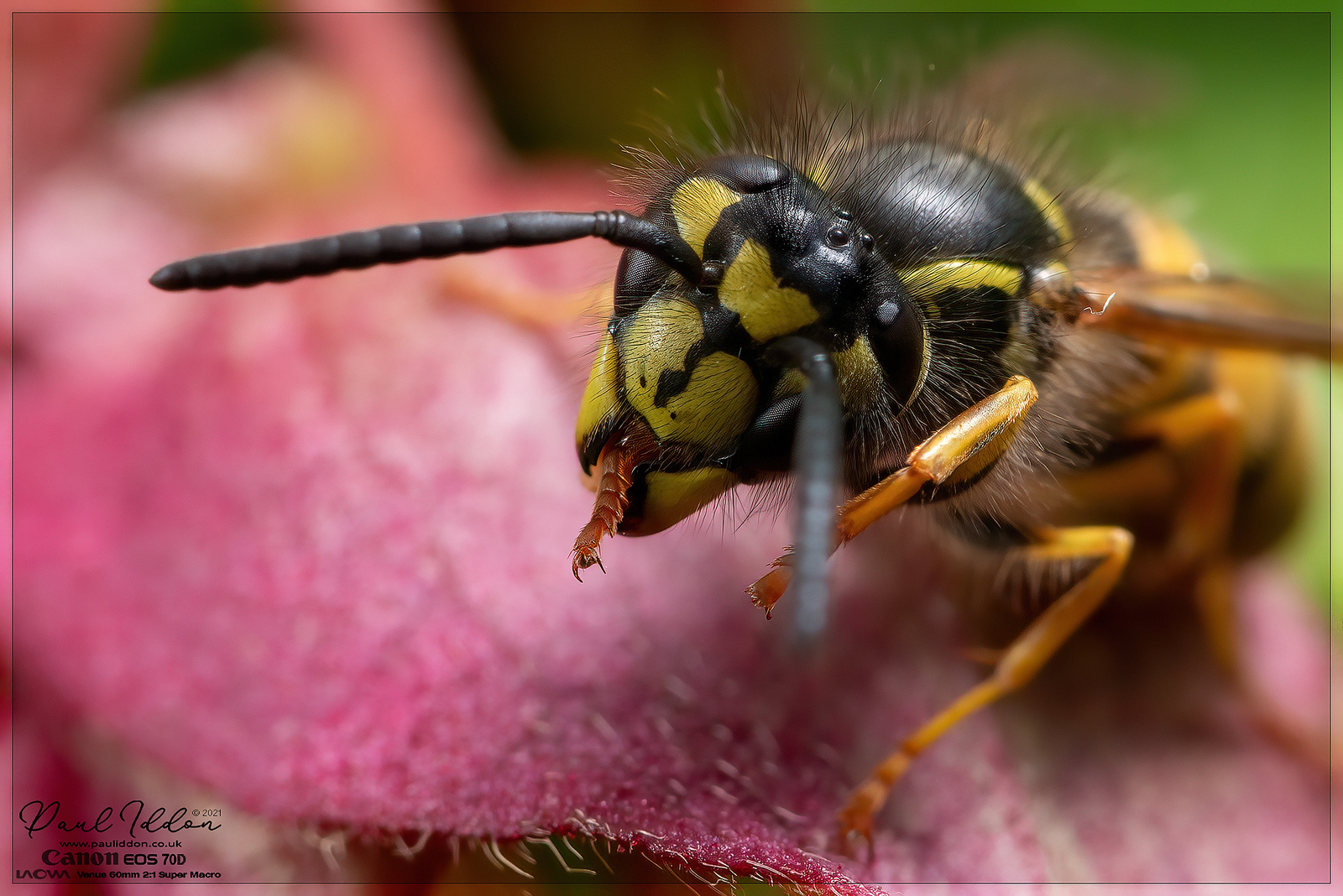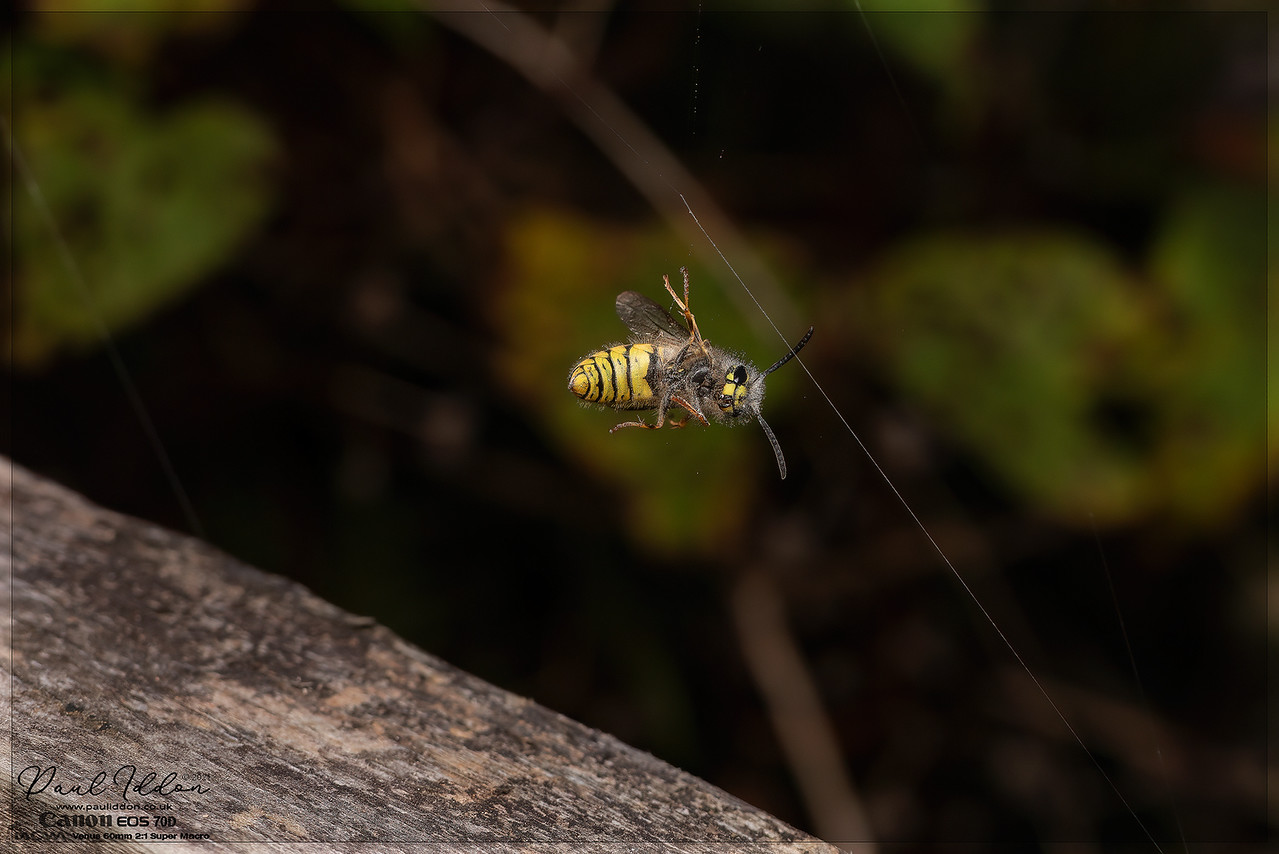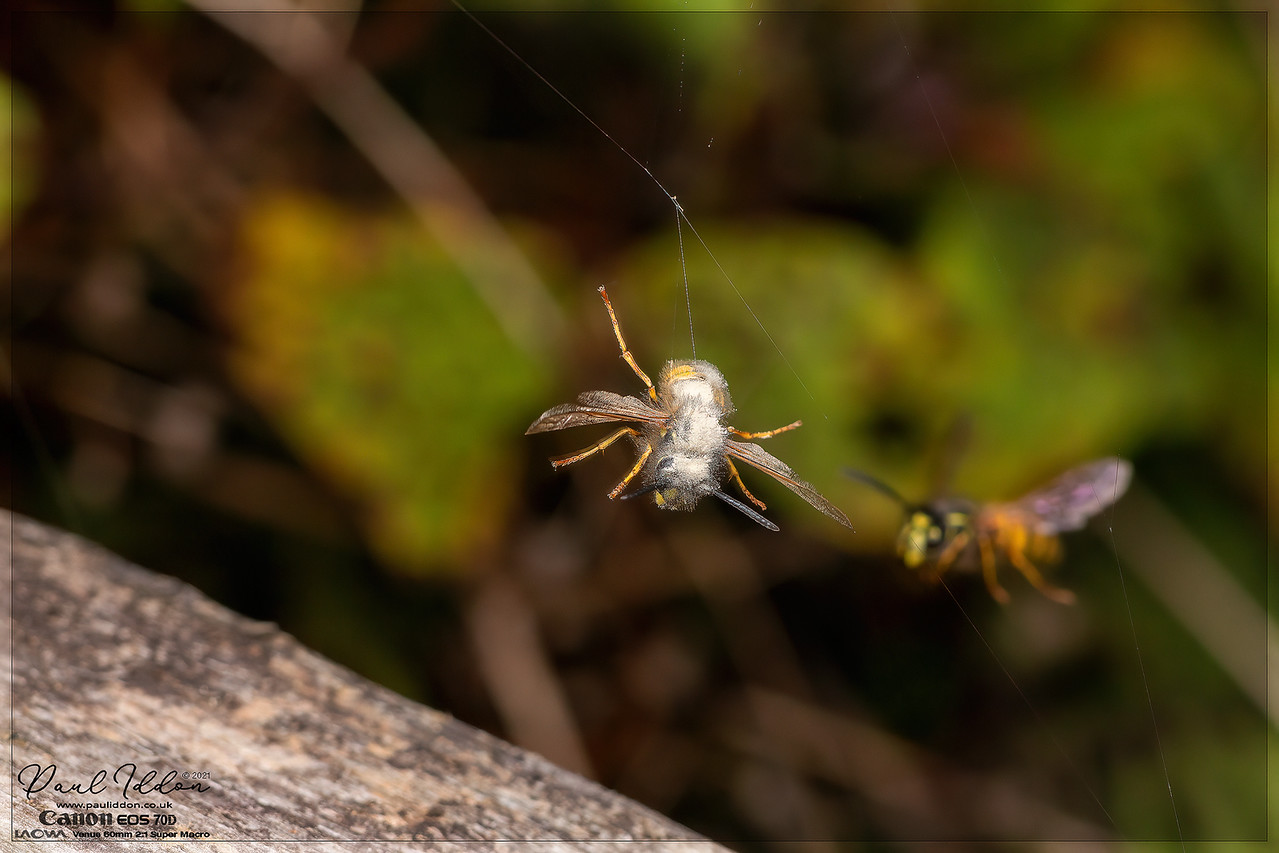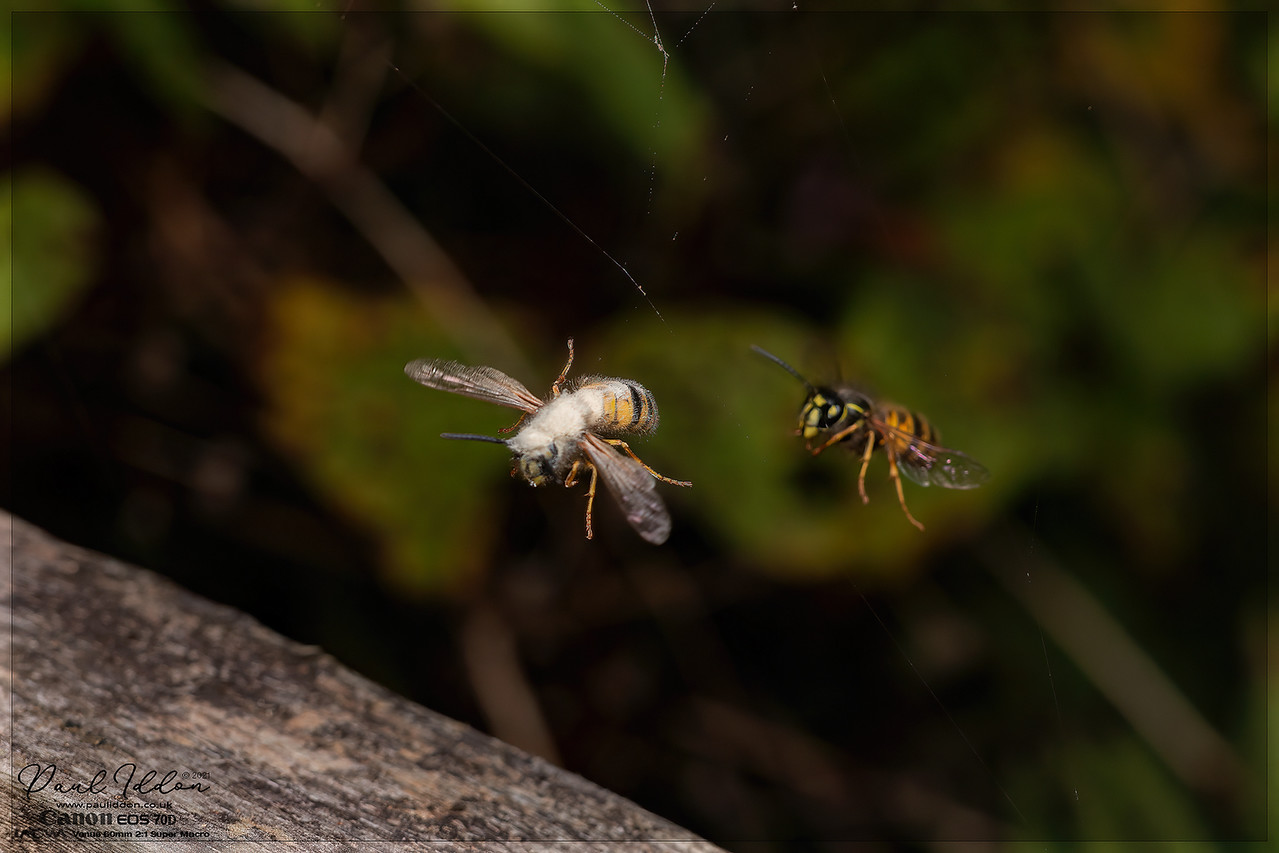Now, that is a difficult question to answer. I remember that you are a medical doctor. Can you determine the health of a person by a simple examination, without the help of blood samples or X-rays?
The eminent detective, Sherlock Holmes diagnosed the sailor with tertiary syphilis just as he walked into the room.
I often recognize skin cancers, some dangerous, just passing a person in the supermarket.
- Hepatitis gives yellow sclera,
- pulmonary insufficiency or lung tumors can sometimes make the fingernails beak-shaped,
- spider-nevi on the skin with high estrogen,
- high neck veins with cardiac failure
....and so forth!
So Jérôme, often one CAN indeed read the book cover, (so to speak), and already have a good idea of what’s in the book, even before reading a single page!
Needless to say, modern trained doctors often miss out on the quick visual scanning of a person for recognizable signals of diseas.
Today doctors may only swiftly, ritualistically and cursorily examine the person “symbolically”, relying instead on the laboratory tests you refer to.
Essentially, as a whole, they tend to know less anatomy, (few dissect cadavers), and are far less skilled in diagnosis by thorough physical exam.
So, that you wonder about the possibility of diagnosis by a “mere glance”, is totally understandable with current medical care.
For bees, I imagine that fungus and parasites would be looked at by the specialized government-supplied entomologists, sent when an area has some issue with hive-collapse or other threat!
If I had bee hives, I would try to learn as much as possible, so as to keep them healthy. But how much can the bee keeper control?
I imagine that one may not have a lot of control over regional use of insecticides or invasion by other bees carrying diseases or parasites!
Asher

